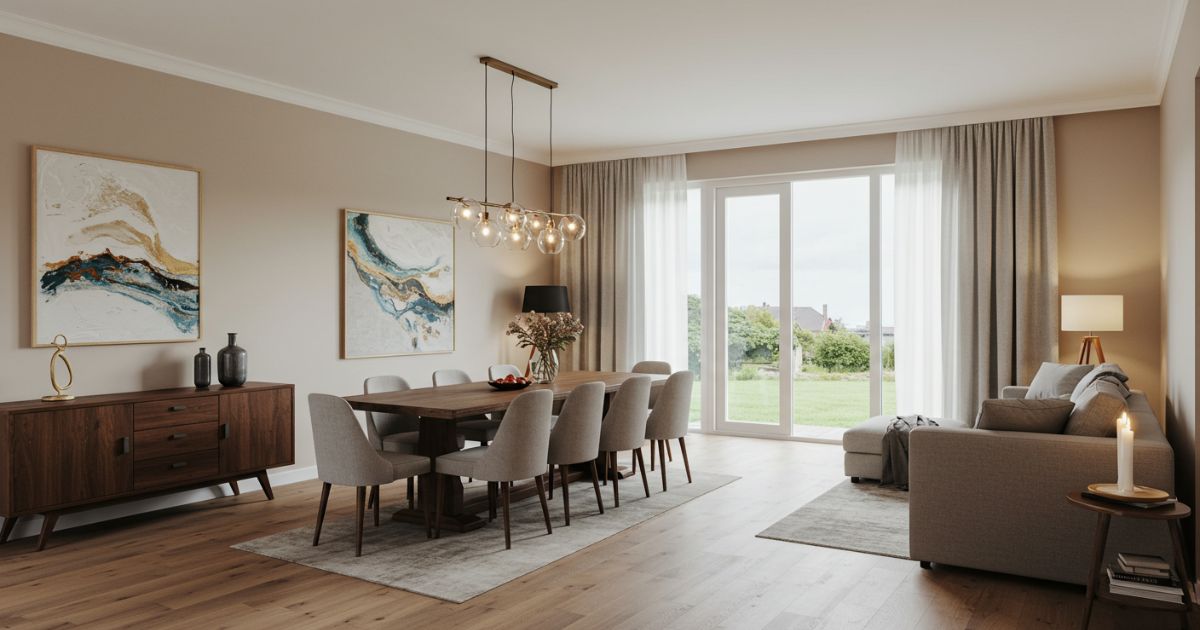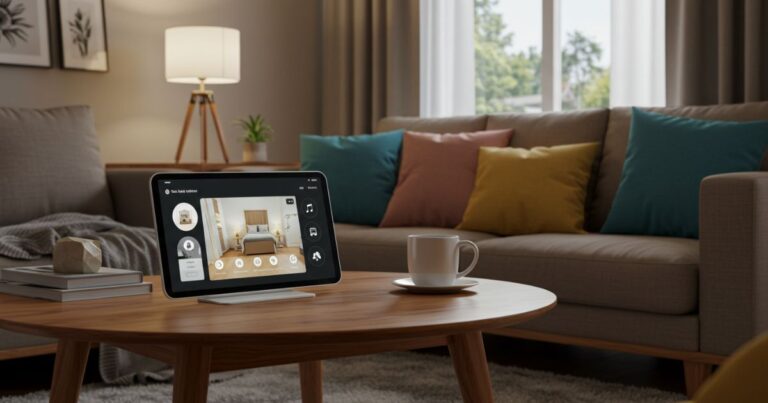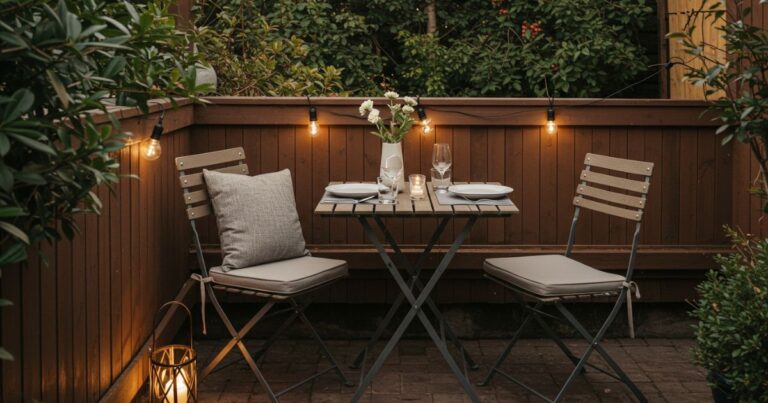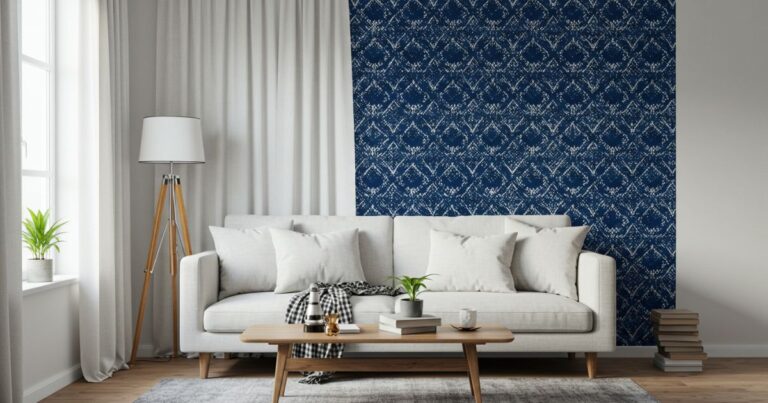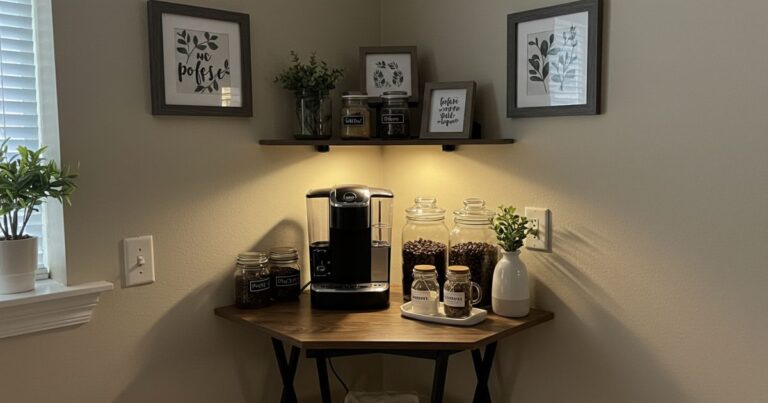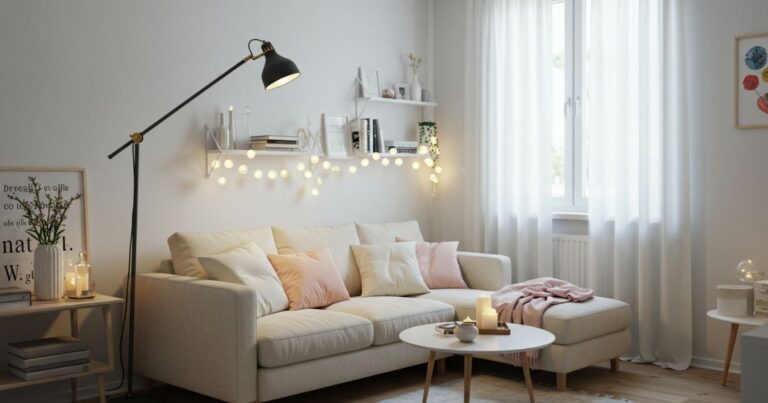Dining Room Makeover Ideas: Transform Your Space with Style and Functionality
When it comes to home decor, the dining room often stands at the center of family gatherings, celebrations, and shared meals. Yet, many people overlook the potential this space holds. Whether you’re looking to refresh your current dining area or completely overhaul it, there are many ways to infuse a new life into your dining room. Here, we explore several dining room makeover ideas that will inspire you to create a space that blends comfort with style.
1. Focus on the Dining Table
The dining table is the heart of your dining room. It’s where you share meals, bond with family, and sometimes even work or host gatherings. If you want a significant change without starting from scratch, consider upgrading your dining table. Materials such as reclaimed wood, marble, or glass can bring different textures to the space, allowing you to set the tone for the entire room.
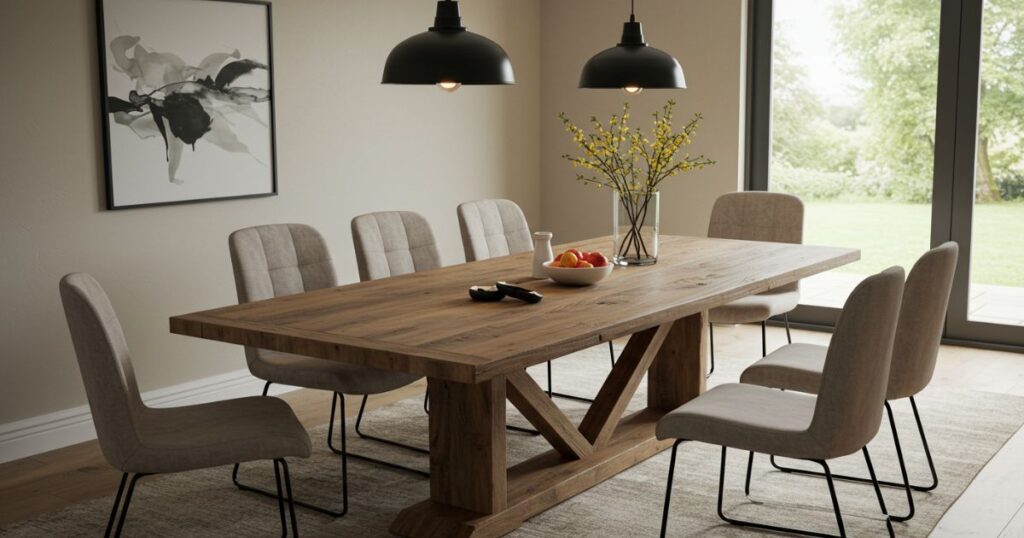
Choosing the right size and shape for your table is crucial to creating a harmonious layout. A round table encourages conversation and is great for smaller spaces, while a long rectangular table is more suited for larger rooms and formal dinners. You can even explore multifunctional options, such as extending tables, which offer flexibility when hosting guests.
Additionally, consider the table’s legs and base. Sleek metal legs can bring a modern touch, while carved wooden legs add an element of classic charm. Don’t forget about table accessories like table runners, decorative bowls, and placemats. These small touches can dramatically change the table’s appearance.
2. Choose the Right Lighting
Lighting plays a crucial role in the overall ambiance of your dining room. Pendant lights or a chandelier above the dining table can add sophistication while providing practical lighting for meals. Make sure to choose a light fixture that matches the overall style of your room. For example, a modern dining room could feature sleek, minimalist pendant lights, while a rustic space might benefit from a wrought iron chandelier.
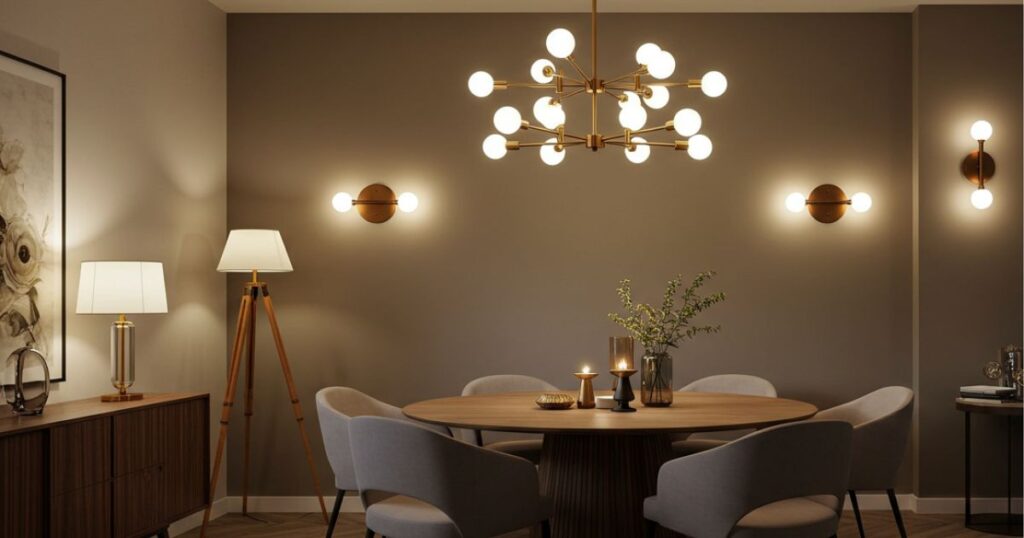
Proper lighting also involves layering. Consider adding ambient, task, and accent lighting to achieve a balanced lighting setup. Wall sconces or table lamps on a sideboard or buffet can help create a warm, inviting atmosphere. Installing a dimmer switch is another simple yet effective way to adjust the light level based on the time of day or occasion.
3. Add Color and Texture to the Walls
When it comes to dining room makeovers, the walls are often an area that gets overlooked. A simple coat of paint can do wonders for transforming the room. Bold, vibrant colors can make a statement, while neutral tones bring a sense of calm and warmth. If you have a small room, light shades such as soft beige or pale gray can help make the space feel more expansive. On the other hand, deep colors like navy, emerald green, or charcoal gray can add drama and elegance to larger spaces.
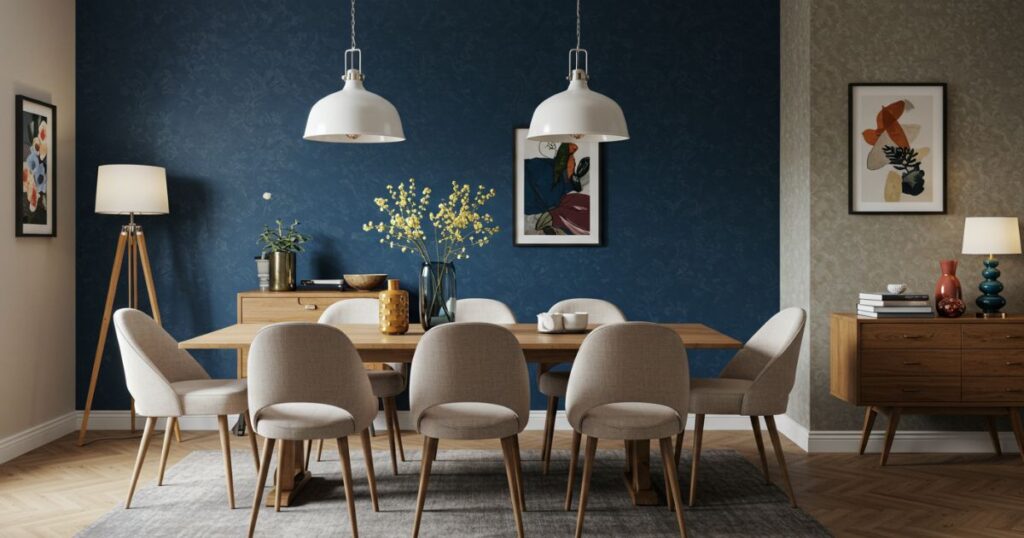
Wallpapers are also making a comeback, with patterns and textures that can add depth and character. Opt for botanical or geometric patterns to give your dining room a modern edge, or go for classic stripes or damask designs to add a traditional flair. You might also consider adding wainscoting, board and batten, or even an accent wall to give the space an elevated, sophisticated feel.
4. Incorporate Unique Furniture Pieces
While the dining table is the centerpiece, other furniture in the room contributes to the overall style. Consider swapping out traditional chairs for something more unique, such as upholstered chairs, vintage finds, or even a mix of different styles. The goal is to create an eclectic, personalized look that reflects your taste.
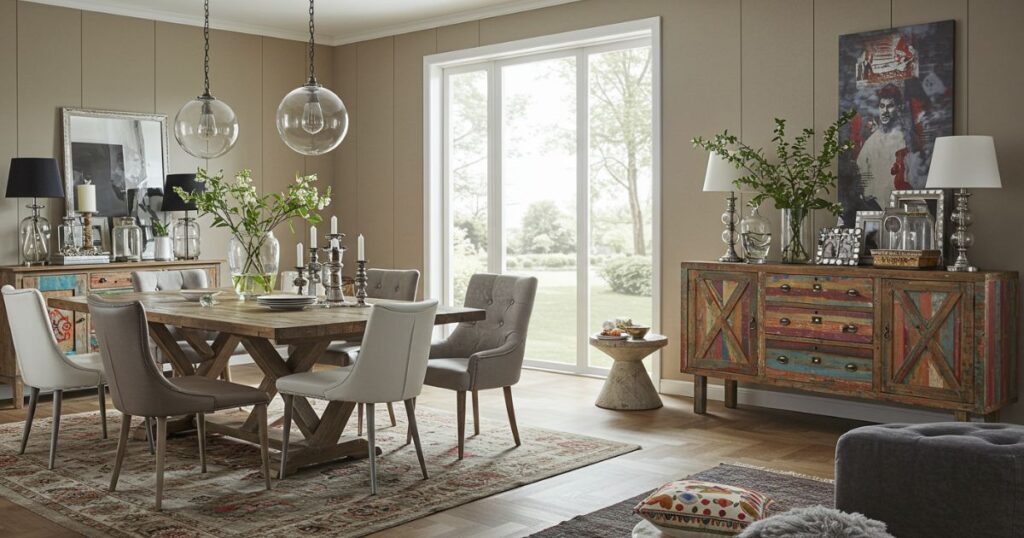
A stylish buffet or a sleek sideboard can not only provide extra storage but also become a focal point for the room. Look for furniture that adds character, whether it’s a colorful cabinet, a rustic wooden sideboard, or a modern minimalist piece. Consider placing decorative objects, such as vases, sculptures, or candles, on these surfaces to enhance the overall look.
Another element to consider is the seating arrangement. While most dining rooms feature uniform chairs around the table, mixing in a bench or two can offer a different vibe, especially for casual family meals. The addition of chairs with different colors or textures can also create visual interest.
5. Add Greenery and Natural Elements
One of the easiest ways to breathe life into any room is by incorporating plants. For the dining room, choose plants that thrive in low light and require minimal maintenance, like snake plants, pothos, or peace lilies. Add a few large, leafy plants near windows to create a sense of calm and freshness. For a more relaxed vibe, you can use hanging planters or macramé plant holders to add a touch of boho style.
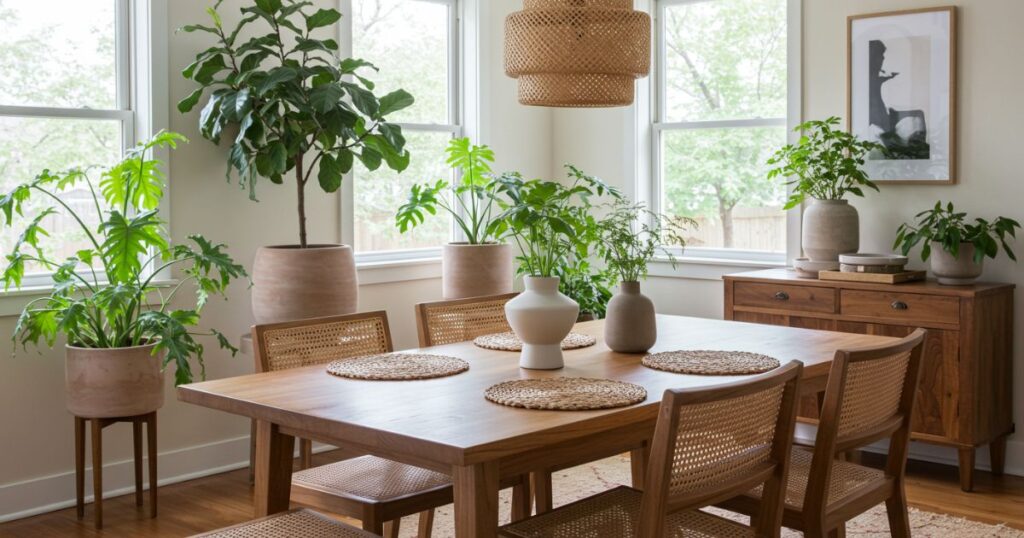
If you don’t have a green thumb, faux plants can also create the same refreshing effect. Artificial plants today look incredibly realistic, and you can find a variety of options that suit your room’s decor. Incorporating other natural elements, such as wooden placemats, woven baskets, or stoneware dishes, can also add warmth and texture to the space. Natural wood finishes, such as a reclaimed wood buffet or shelving, can lend an earthy and rustic charm.
6. Mix and Match Styles
Gone are the days when every piece of furniture in a room had to match perfectly. Today, mixing and matching styles and furniture can create an appealing contrast and bring personality to your dining room. For example, pairing modern furniture with vintage pieces creates an interesting juxtaposition. Or you might choose minimalist furniture and accessorize with colorful textiles and unique art to give the room an eclectic, personalized look.
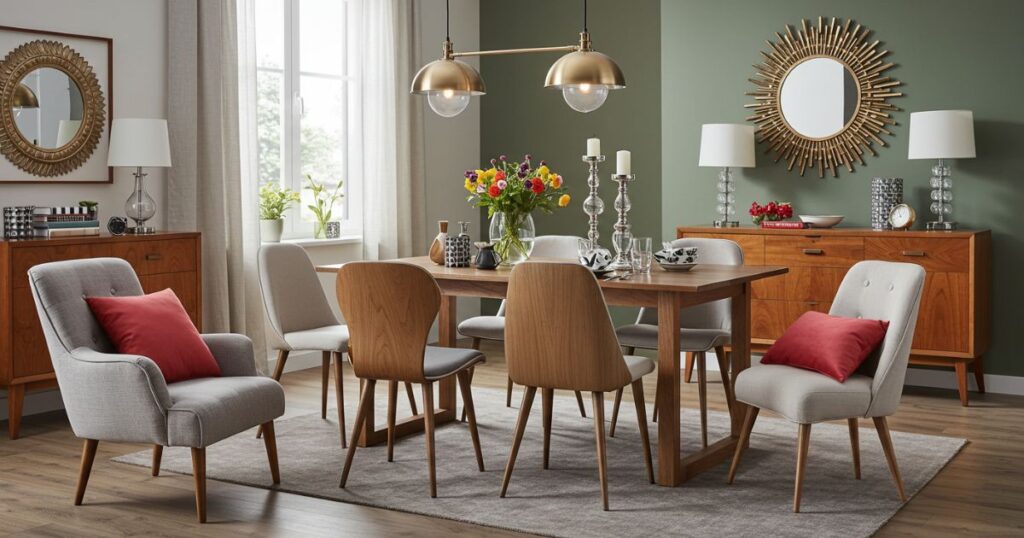
Try to introduce variety with textiles as well. A linen or velvet tablecloth paired with leather chairs can add depth to the room. The key is to balance the different elements so that they complement each other rather than clash. Look for opportunities to combine different materials such as wood, metal and glass, while keeping the overall design cohesive and intentional.
7. Use Statement Art and Decor
Art can completely transform a dining room. A large, bold piece above the dining table can serve as a stunning focal point. Whether it’s a colorful abstract painting, a classic portrait, or a gallery wall featuring family photos, art adds depth and creativity to the space. Choose artwork that speaks to you, and don’t be afraid to mix mediums or play with different sizes and shapes.
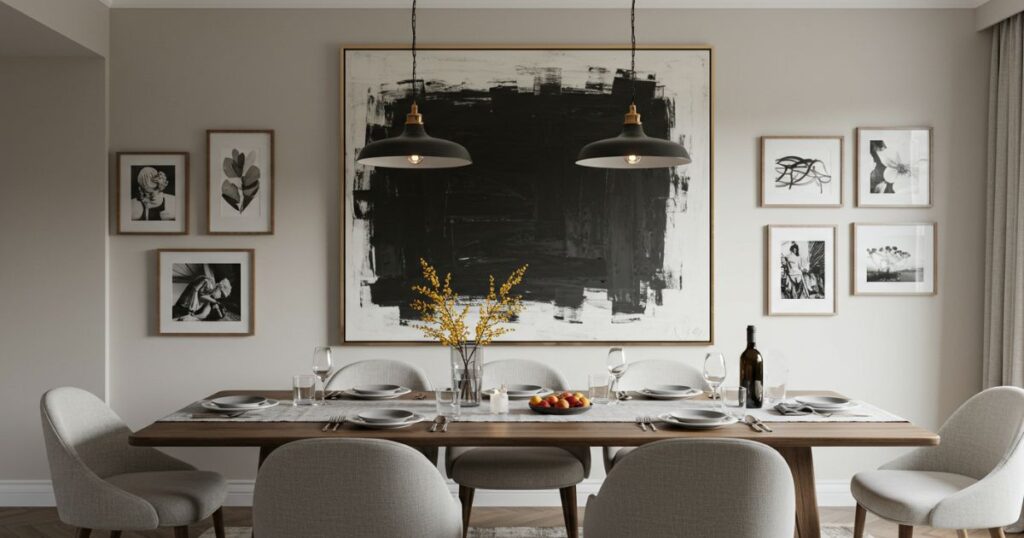
Don’t overlook smaller decor elements either. A collection of decorative mirrors can reflect light and make the space feel larger and brighter. Sculptures, woven tapestries, or even antique pieces can add character to the room. Adding a decorative rug under the table can help ground the furniture and introduce texture, pattern, and color to the floor.
8. Consider the Flooring
Flooring is another often overlooked area of the dining room. If your dining room feels outdated, consider updating the flooring with hardwood, tiles, or even modern vinyl options. A rich wooden floor can add warmth, while a bold tile pattern can introduce an element of interest. Large-format tiles, especially in light colors, can make the room feel more open and spacious.
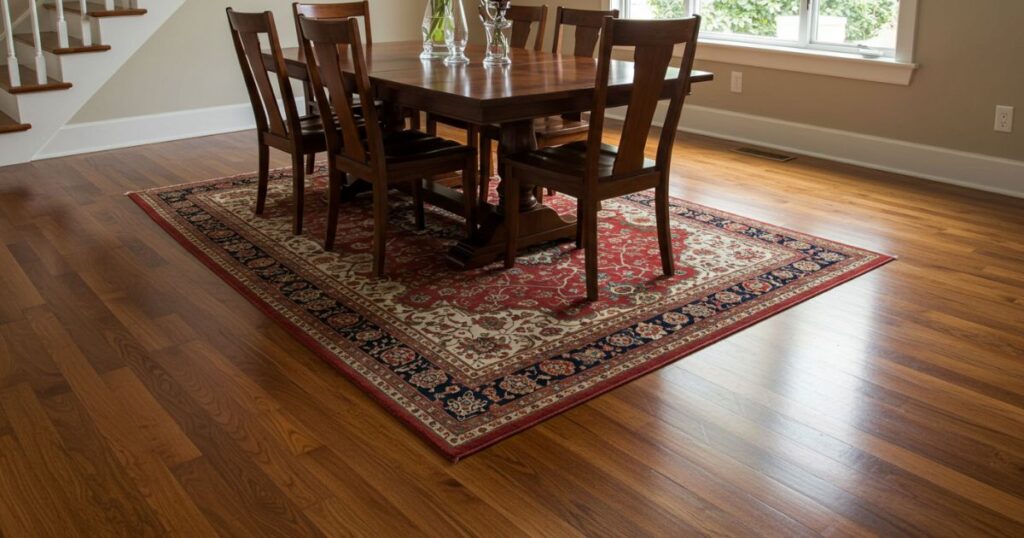
If you’re looking for comfort, consider adding a rug beneath the dining table. Rugs help define the space and make the room feel cozy. When selecting a rug, make sure it is large enough to accommodate the table and chairs without them feeling cramped. Opt for a low pile rug that’s easy to clean and maintain, especially in a busy area like the dining room.
9. Optimize Storage Solutions
In many homes, the dining room also serves as a place to store items like glassware or linens. If your space feels cluttered, it’s time to invest in smart storage solutions. Wall-mounted shelves, cabinets, or even a stylish wine rack can help keep everything organized and easily accessible.
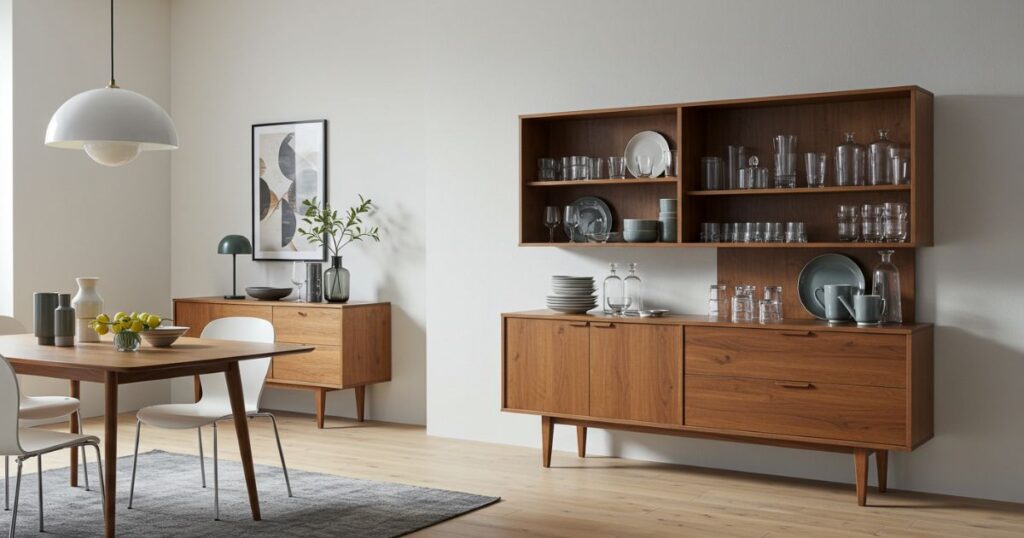
Open shelving can add an element of style to the room, but be mindful of keeping it tidy. For a more streamlined look, choose closed cabinets or drawers to store away items you don’t need on a daily basis. Also, consider multifunctional furniture that combines storage and style, such as a buffet with drawers for storing linens or a wine cabinet for your bottles.
10. Think About the Flow
Lastly, think about the flow of your dining room. The layout should allow for easy movement and accessibility. If the room is small, avoid overcrowding it with too much furniture. Instead, choose pieces that fit the space well and don’t obstruct the natural flow. For instance, a dining table should be positioned in a way that allows easy access to all sides.
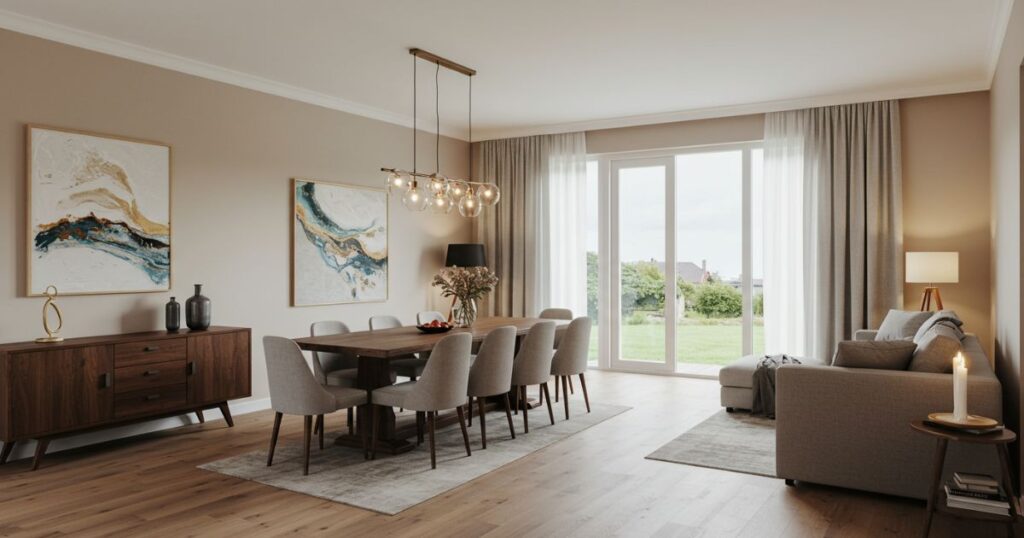
Creating a balanced room layout will not only enhance its functionality but also make it feel more inviting. Leave enough space between the table and walls or other furniture for people to move around freely. If the room doubles as an entertaining space, consider adding a bar cart or side table for drinks and snacks without crowding the table.
FAQs About Dining Room Makeovers
Q: How can I make a small dining room look bigger?
A: To make a small dining room appear larger, use light colors on the walls and furniture. A round or glass dining table creates an open feel, and mirrors can help reflect light and make the room feel more expansive. Avoid bulky furniture and keep the layout simple to maximize space. Consider using vertical elements, like tall shelving or light fixtures, to draw the eye upward and create the illusion of height.
Q: What are some budget-friendly ways to makeover my dining room?
A: If you’re on a budget, consider DIY projects like painting the walls, reupholstering dining chairs, or adding a fresh coat of paint to existing furniture. Simple changes like adding plants, new lighting, or a decorative rug can also make a big difference without breaking the bank. Don’t be afraid to shop second-hand stores or thrift shops for unique finds that fit your style.
Q: Should I match my dining room style with the rest of my home?
A: While it’s not necessary to match every room, it’s important to create a cohesive look throughout your home. You can integrate similar colors, materials, or design elements to tie the dining room into the overall theme of your home, ensuring that it flows seamlessly with other spaces. That said, feel free to play with different styles in each room to create character and variety.
Q: Can I create a modern look in a traditional dining room?
A: Yes, you can mix modern elements with traditional features for a chic, updated look. Consider replacing old light fixtures with more contemporary ones or adding modern artwork. By blending styles, you create a space that feels fresh and unique while still honoring traditional elements. The key is to strike the right balance between old and new.
Final Thoughts
Transforming your dining room doesn’t require a complete overhaul or expensive renovations. With a few thoughtful changes, whether it’s updating the furniture, changing the lighting, or adding personal touches like art and plants you can create a space that suits your lifestyle and tastes. Keep in mind that the goal is to design a room that reflects who you are while also serving its functional purpose.
